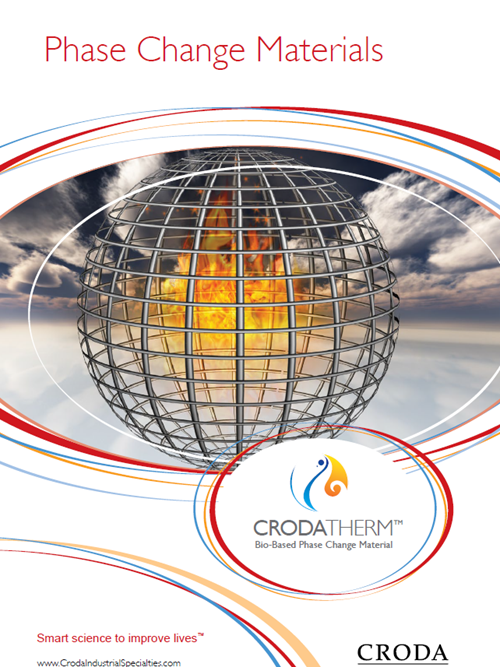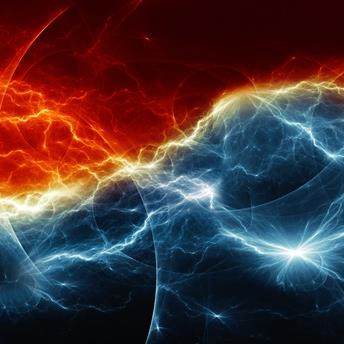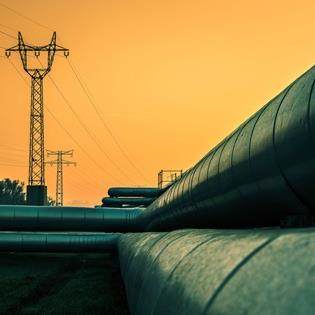
Phase change materials
We have phase change materials (PCMs) suitable for most thermal regulation and thermal energy storage applications, due to the wide variety of melting temperatures we provide. The CrodaTherm™ range of PCMs offer many benefits:
- our PCMs are bio-based, made from renewable materials;
- biodegradable;
- have high latent heat capacity;
- there's a broad range of melting temperatures available; and
- proven long-term stability through laboratory testing.
CrodaTherm Phase Change Materials (PCMs) brochure

CrodaTherm PCM Wax
Croda offers a full range of bio-based phase change materials, covering frozen, low, ambient and high temperatures. To be useful in an application, PCM wax must be macroencapsulated, which means sealing the PCM in a rigid or flexible container.
Click on the products below to order samples:
|
Product |
Melting
|
Crystallisation
|
Heat capacity
|
Heat capacity
|
CrodaTherm 6.5 |
7 | 5 | 219 | 226 |
CrodaTherm 9.5 |
9 | 9 | 220 | 216 |
CrodaTherm 15 |
13 | 12 | 207 | 212 |
CrodaTherm 19 |
18 | 18 | 206 | 208 |
CrodaTherm 21 |
20 | 20 | 215 | 210 |
CrodaTherm 24W |
23 | 23 | 207 | 213 |
CrodaTherm 29 |
28 | 27 | 223 |
222 |
CrodaTherm 32 |
32 | 31 | 211 | 213 |
CrodaTherm 37 |
36 | 36 | 216 | 217 |
CrodaTherm 53 |
52 | 52 | 220 | 221 |
CrodaTherm 60 |
60 | 60 | 215 | 219 |
CrodaTherm 74 |
75 | 71 | 226 | 224 |
CrodaTherm Microencapsulated PCM
PCM wax can be encapsulated in a polymer shell. This allows PCM to be used in many applications where macroencapsulation is not possible, such as textiles. Therefore, the end material can remain solid, even when the PCM inside the microcapsule is liquid. Croda can supply microencapsulated PCM in powder or dispersion form.
Click on the products below to order samples:
Product |
Form |
Particle
|
Melting temperature
|
Crystallisation temperature
|
Latent heat (melting)
|
Latentheat (cystallisation)
|
| Dispersion* | 10 | 24 | 19 | 160 | -160 | |
CrodaTherm ME 29D |
Dispersion* | 10 | 29 | 24 | 183 | -179 |
CrodaTherm ME 29P |
Powder | 250 | 29 | 24 | 183 | -179 |
CrodaTherm ME 29XD |
Dispersion* | 10 | 29 | 22 | 165 | -165 |
CrodaTherm ME 29DS |
Dispersion* | 3 | 29 | 21 | 175 | -175 |
CrodaTherm ME 32DS |
Dispersion* | 3 | 32 | 26 | 175 | -175 |
The thermal data in the table above are obtained using differential scanning calorimetry (DSC). All values are typical values. *Thermal measurements of dispersions were performed after water evaporation.



